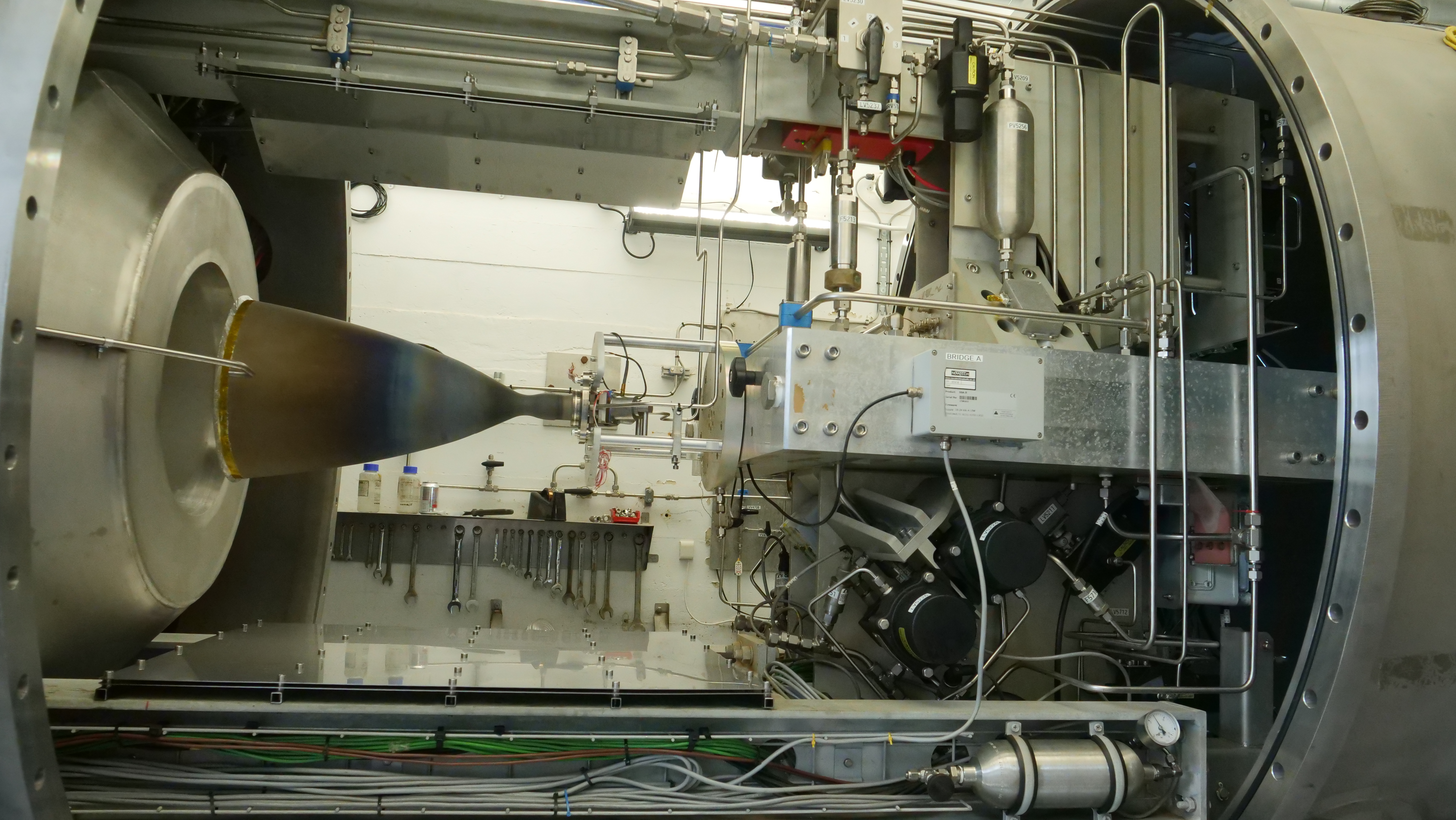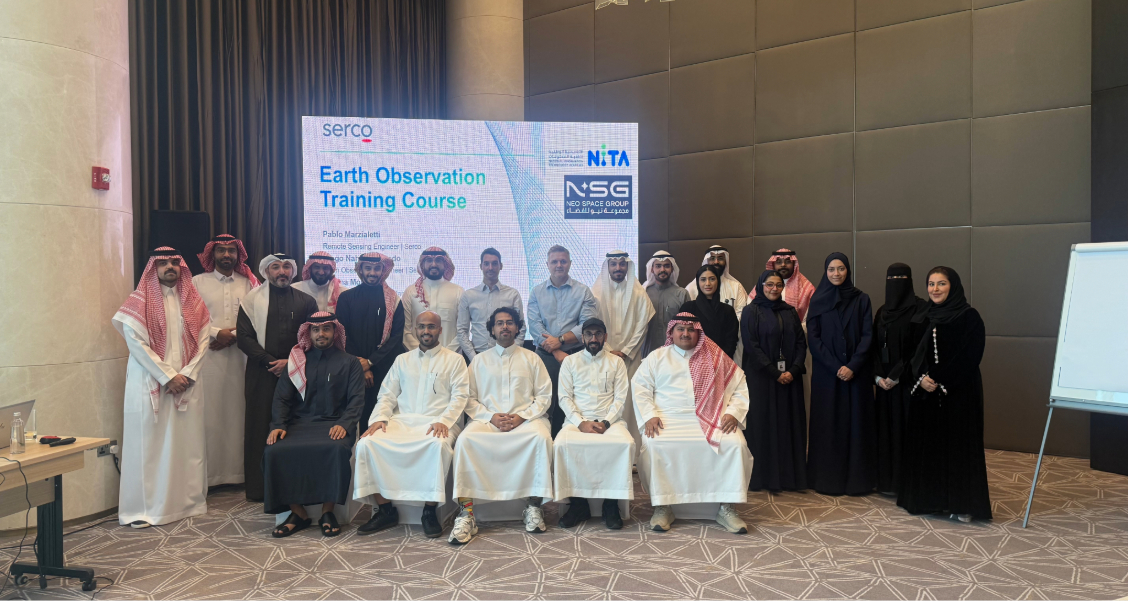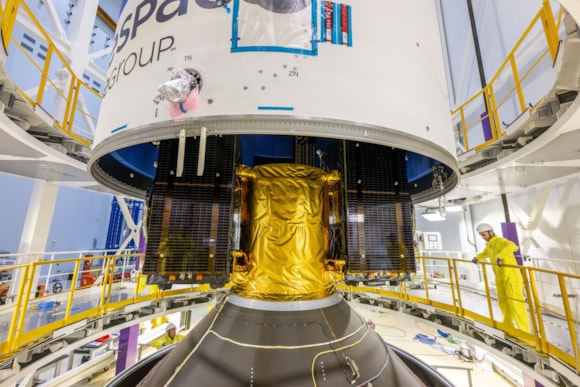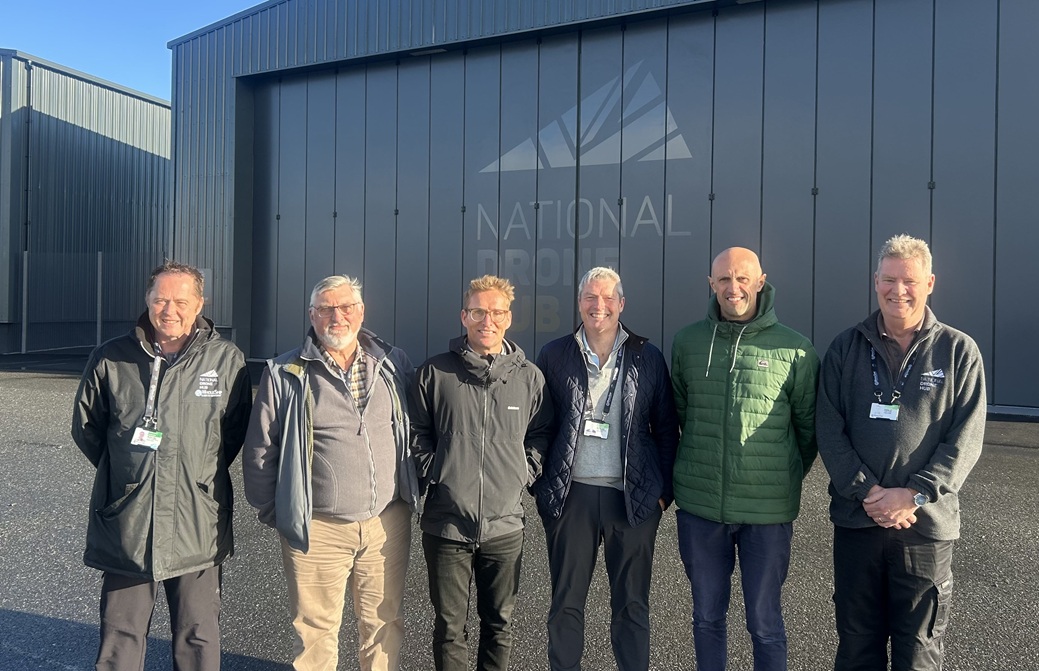New NSPTF boosts UK space sector
Image courtesy UK Space Agency
The centre will allow UK companies and academics to test state-of-the-art propulsion engines which are used to move small satellites in space at a more affordable rate than having to go abroad. It will also allow new types of more sustainable propellants to be tested, such as Hydrogen Peroxide and Liquid Oxygen which are more environmentally friendly in sourcing, storage and combustion.
Based at the Westcott Space Cluster in Aylesbury Vale Enterprise Zone, the new National Space Propulsion Test Facility (NSPTF), which received £4 million in funding from the UK Space Agency, is the only facility of its kind in the UK. It is one of only three in the world and will create around 60 jobs.
Until now, companies could test extremely small engines in the UK but had to go overseas to test bigger engines. The new facility will tackle this issue and help grow the UK’s status as a leading space player, giving our space industry the resources it needs to expand.
Science Minister Amanda Solloway said: “As we build back better we are investing in our brightest space scientists, the facilities they work in and the technologies they are creating.
“This pioneering facility will support our ambitious space businesses, enabling them to undertake complex spacecraft engine testing, while boosting the local economy by creating highly skilled jobs.”
The UK space sector is already a leader in satellite propulsion and, with a growing space manufacturing sector and plans for the first launches from UK spaceports in 2022, the satellite propulsion field is set to grow substantially in the coming years.
The UK Space Agency has worked with the European Space Agency, the Science and Technology Facilities Council’s RAL Space facility and NAMMO UK to develop this cutting-edge facility. The site will use game-changing technology to test the propulsion engines that position orbiting spacecraft in conditions similar to those experienced in space.
The new facility will allow innovation in propulsion technology, as well as the cost-effective development and testing of even more powerful engines for interplanetary travel, and to drive forward the significant commercial telecommunications satellite market.
Rob Selby, Vice President of Nammo Space, the company that will operate the equipment, said: “Thanks to this key UK government investment, UK space can now compete favourably with the very best rocket test facilities in the world. The Nammo team have designed, created and produced this phenomenal, state-of-the-art hot-fire test facility that is already driving further growth in UK based spacecraft propulsion businesses. We look forward to testing engines for customers from all over the globe and to further key developments that the NSPTF will enable.”
Westcott is recognised as an integral part of the UK space sector growth strategy with a nucleus of well-established companies supporting rocket and satellite enabled research and development projects.
Nigel MacKenzie, Westcott Development Manager said: “It was great to welcome Science Minister, Amanda Solloway to Westcott. This is yet another leap forward for the development of Westcott in Buckinghamshire as a centre of excellence in the space propulsion and associated high-tech industries.
“Future Investment will ensure Westcott’s place at the heart of the UK space industry. Over the next 10 years, Westcott will become the UK Centre for the next generation of propulsion systems and small satellite manufacture.”
Richard Harrington, CEO of Buckinghamshire Local Enterprise Partnership, said: “The National Space Propulsion Test Facility at Westcott is a key step towards delivering a world-leading hub for the space sector in the heart of Buckinghamshire.
“We are delighted to support the opening of this new facility in our Enterprise Zone, which opens up the next stage in the evolution of the Westcott site to attract new business and investment to this world-class centre of excellence in space propulsion.”
The Size and Health of the UK Space Industry report published last month shows the UK space sector is booming. Income from the UK space sector rose from £14.8 billion in 2016/17 to £16.4 billion in 2018/19, representing growth of 5.7% in real terms. Employment increased by 3,200 from 41,900 to 45,100.
How the engine test works:
- Engines will be fired up in a vacuum, with a mechanical pump system generating a vacuum down to 1.5 milliBar in a test cell containing the engine; an equivalent test altitude of approximately 140,000ft, which ensures technology can be deemed ready for the space environment.
- When firing, the pressure of the engine’s exhaust plume is partially recovered by a 7-metre-long supersonic diffuser. The rocket plume intercooler developed by Reaction Engines will remove heat generated from rocket exhaust plume and allow the vacuum pumps to operate and maintain the simulated high-altitude conditions. This means the intercooler will cool exhaust temperatures of in excess of 2,000°C to less than 50°C in a fraction of a second, in less than a metre’s distance.
- The gasses then travel along a vacuum manifold to be recovered to ambient pressure by the pump system in the vacuum generation plant.
- Crucially, this range of engine testing will allow further innovation for the type of orbit-raising and station-keeping engines this facility will be able to test. It is the first step in a plan to test larger engine types.













